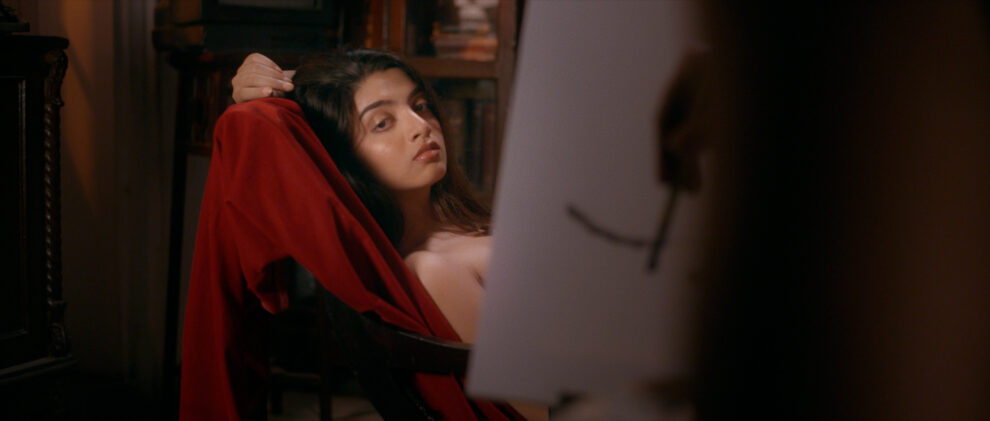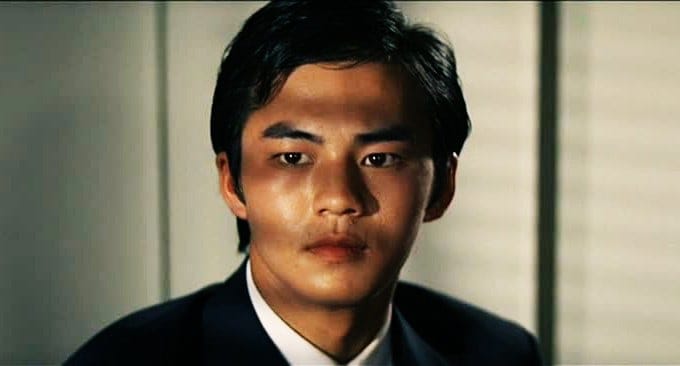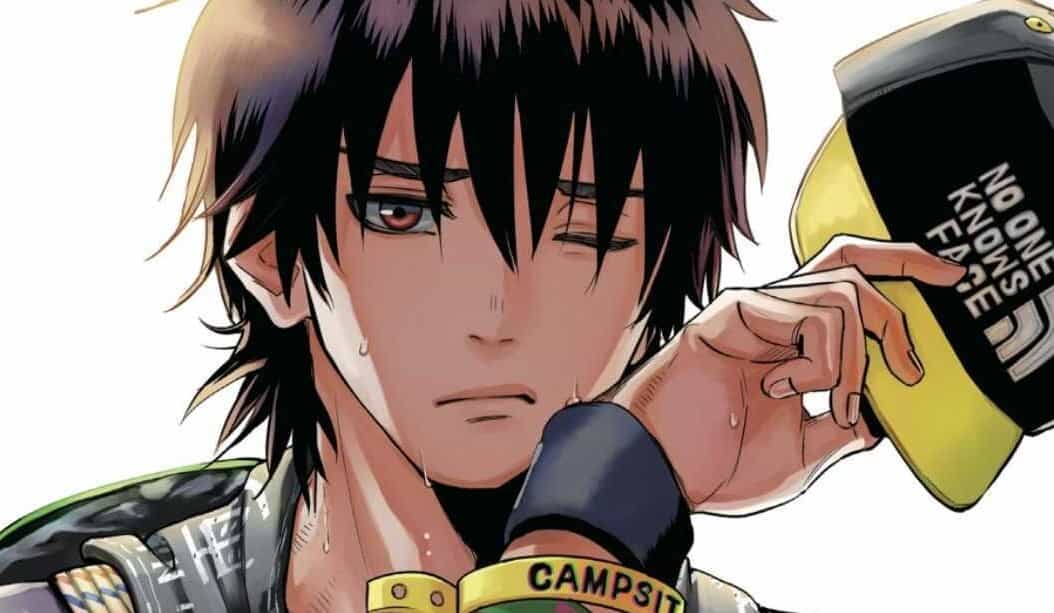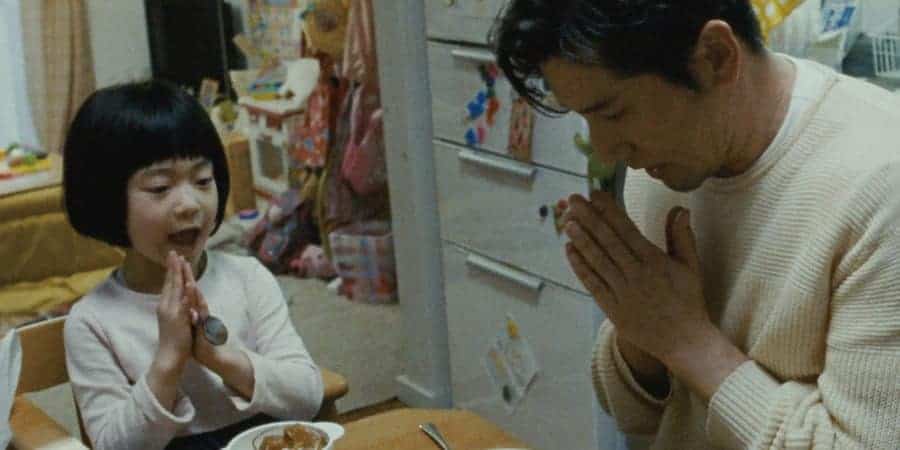From the film's synopsis: Inspired by Kafka's ‘The Metamorphosis', a propaganda artist Bihaan traces his journey of becoming a vermin while trying to paint a nude portrait of his lover. As a sense of infidelity penetrates his personal relationships, he is posed with a question- what is morally corrupt- art or the artist?
“The Dreamcatcher” review is part of the Submit Your Film Initiative

After a brief animation sequence, the movie sets in an interview of sorts, where we see Bihaan, an elderly artist seemingly alone, answering the questions of a woman, while remembering his past, when he was working for the animal welfare minister, and particularly his fights with his girlfriend as a young man. It seems that the paintings he did later on in his life, were all to channel his past regrets.
The focus of the 18-minute short seems to be on grief regarding the past, and how it can shape people, leading them towards alienation. Furthermore, Santra focuses on the roots of inspiration and subsequently art and whether high quality can justify the artists of his deeds outside of it. The questions are quite interesting, and the way the movie moves about them equally so, but what comes evident here is that the filmmaker definitely needed more time in order to explore both them and his characters more thoroughly. As such, the narrative ends up being somewhat abstract, in a way that does not benefit its contextual quality, particularly because the meaning of the movie does not become abundantly clear.
On the other hand, “The Dreamcatcher” definitely thrives in terms of production values, with Soham Dey's cinematography in particular, being quite impressive. For starters, the overall coloring of the movie, which is dominated by a combination of red and pastel hues that allow the various paintings and particularly the sunflowers to shine, is as fitting as it is outstanding to watch on occasion. Furthermore, the various “tricks” Dey uses, in collaboration with the equally great editing by Ankit Sanra, results in a series of truly memorable images. The horizontal movement in the restaurant, the split frames and the way they are eventually joined, also resulting in transitions to next scenes are all truly memorable. Lastly the visual aspect finds its apogee in the final scene with the burning tree, in an imagery that is bound to stay on the mind of anyone who watches the movie.
In terms of acting, Suddhosatva Majumder as Younger Bihaan and Aritraa Sengupta as Angana shine through their verbal conflicts and the antithesis of the former's pragmatism and the latter's passion. Shantilal Mukherjee as Older Bihaan portrays an broken old man fittingly, without any exaltations.
“The Dreamcatcher” may face some issues contextually, which do derive mostly from the lack of additional screen time, but is on a very high level visually, a trait that definitely deems a short worth watching.














